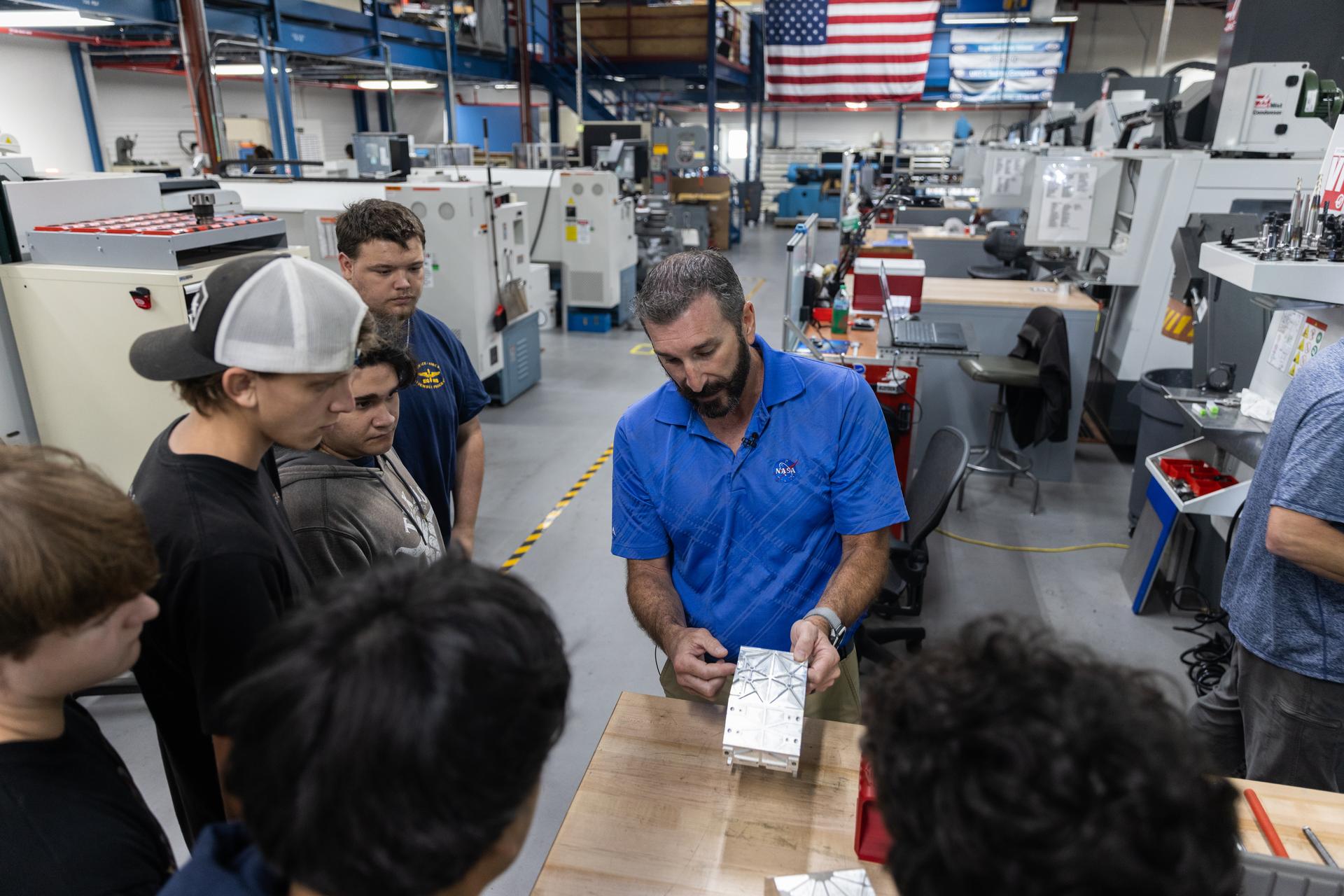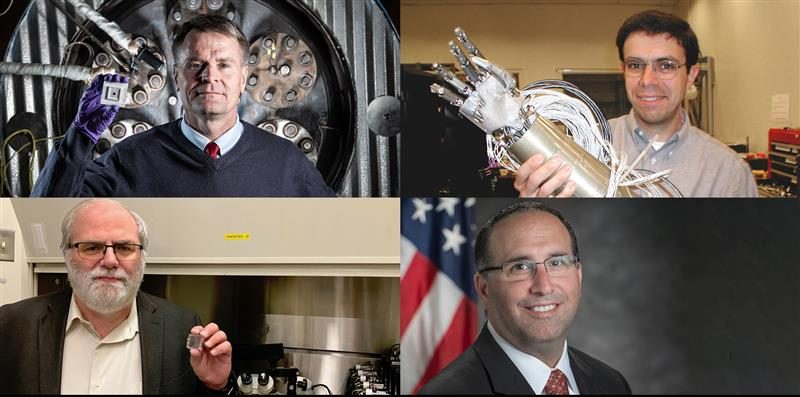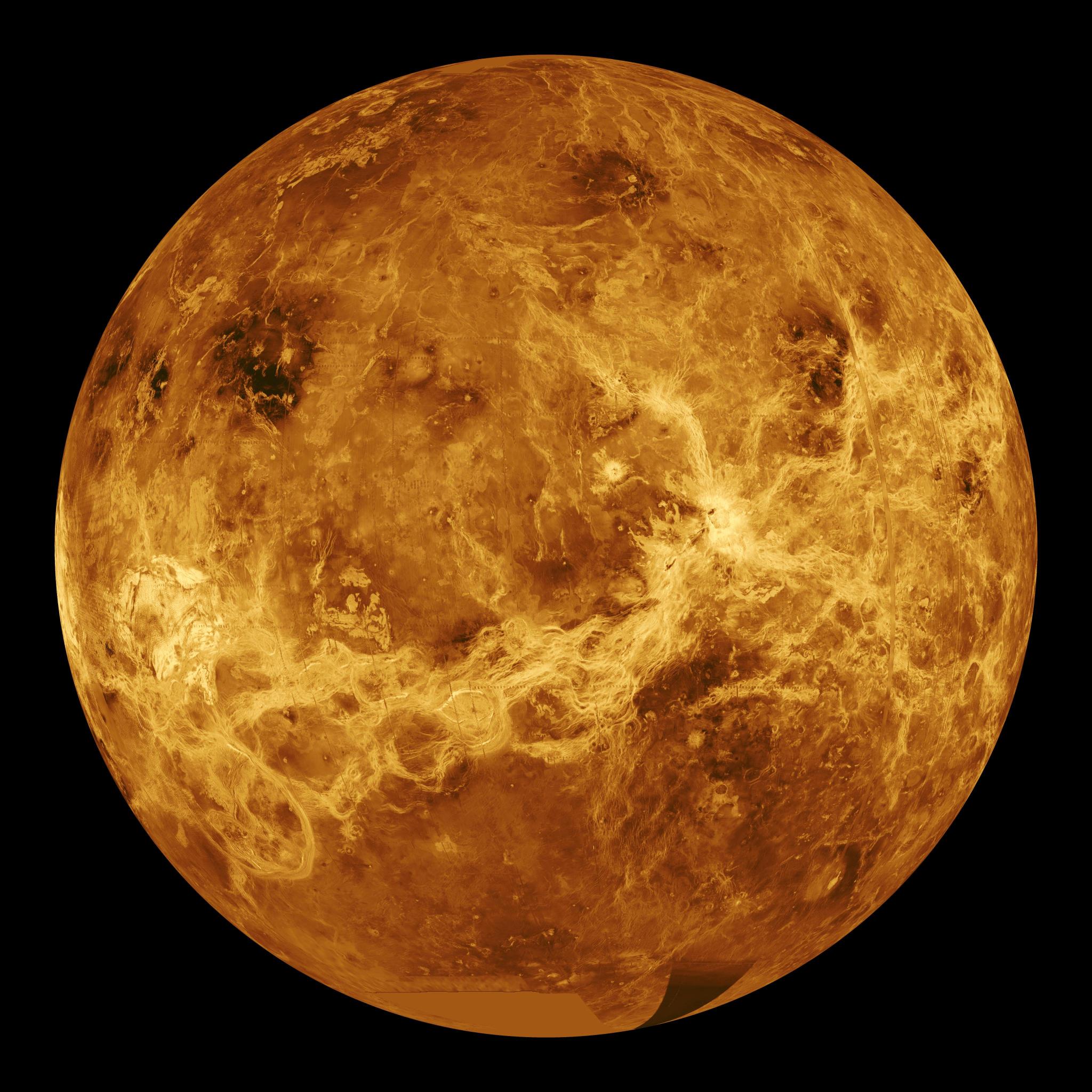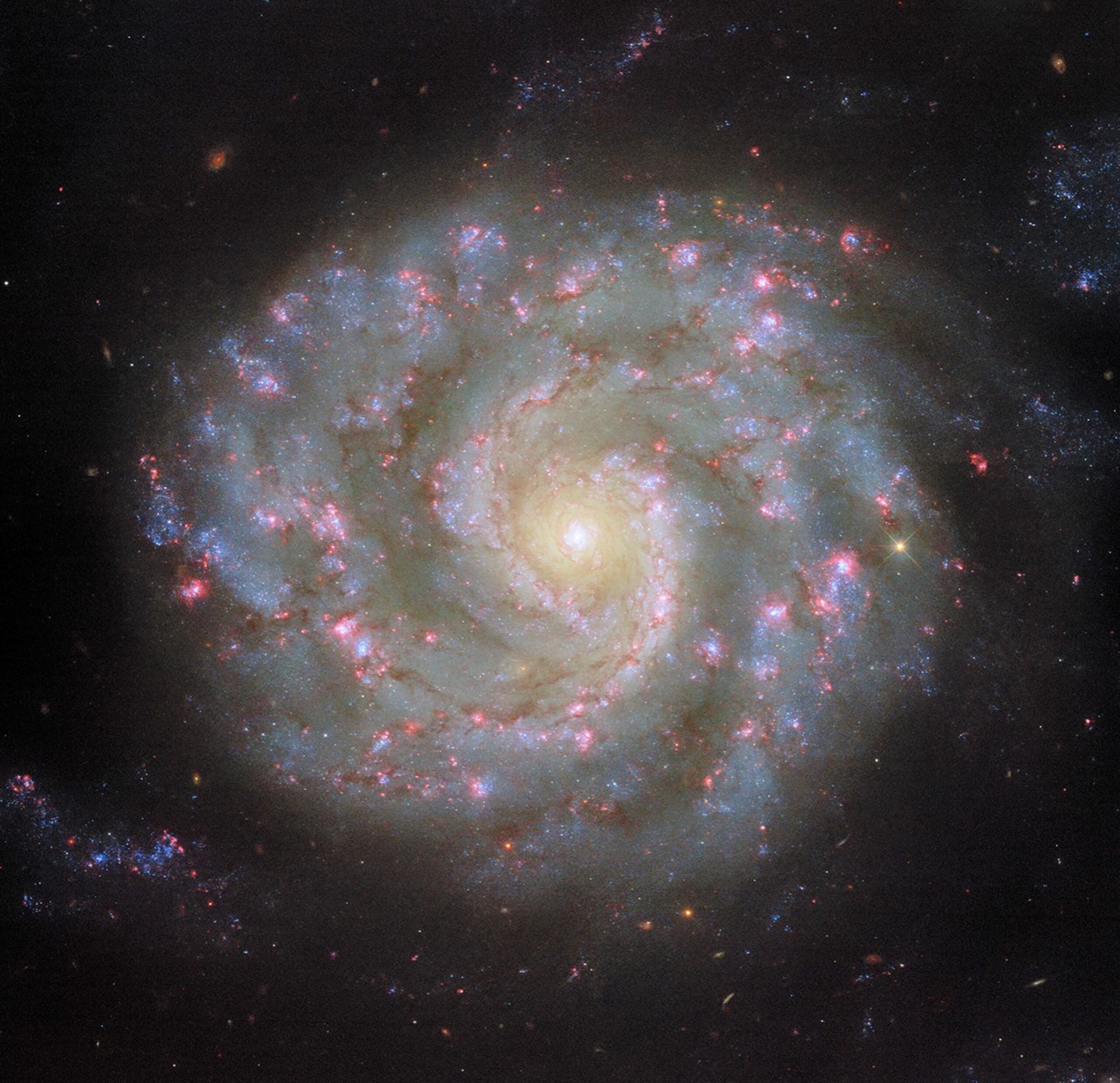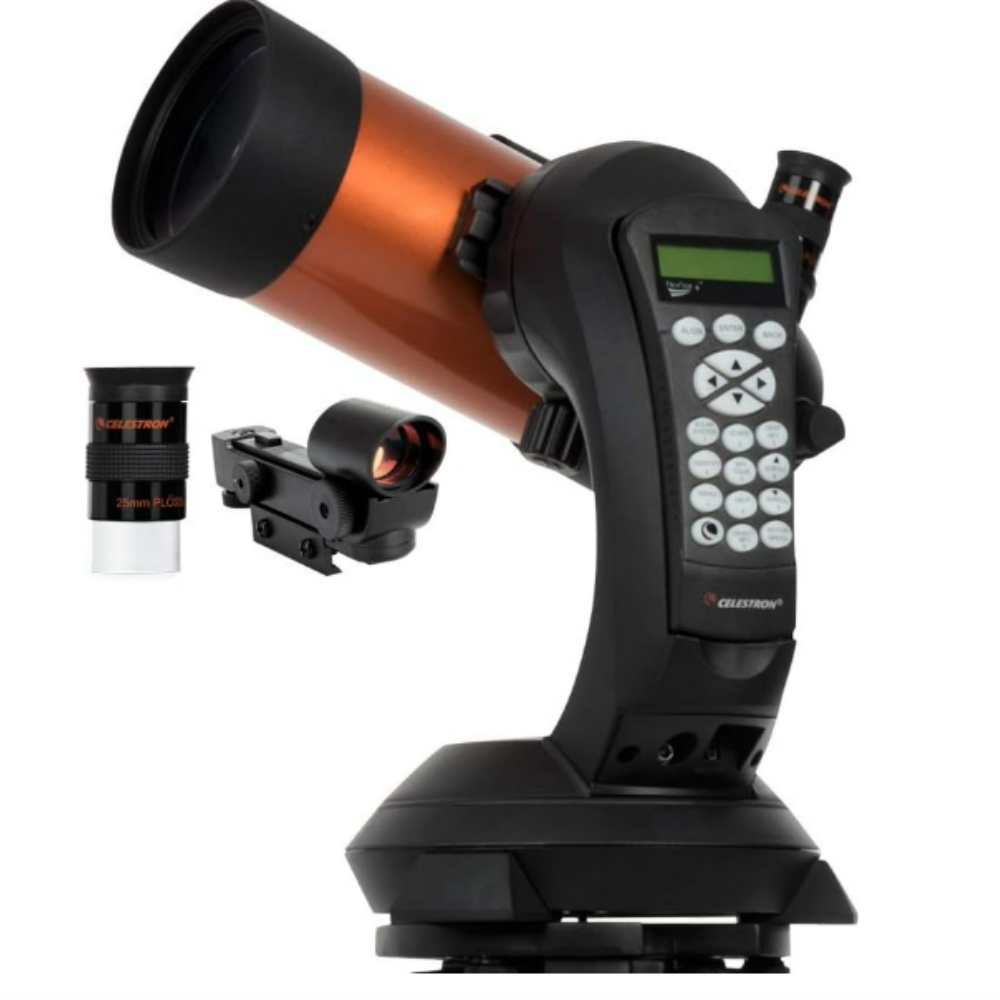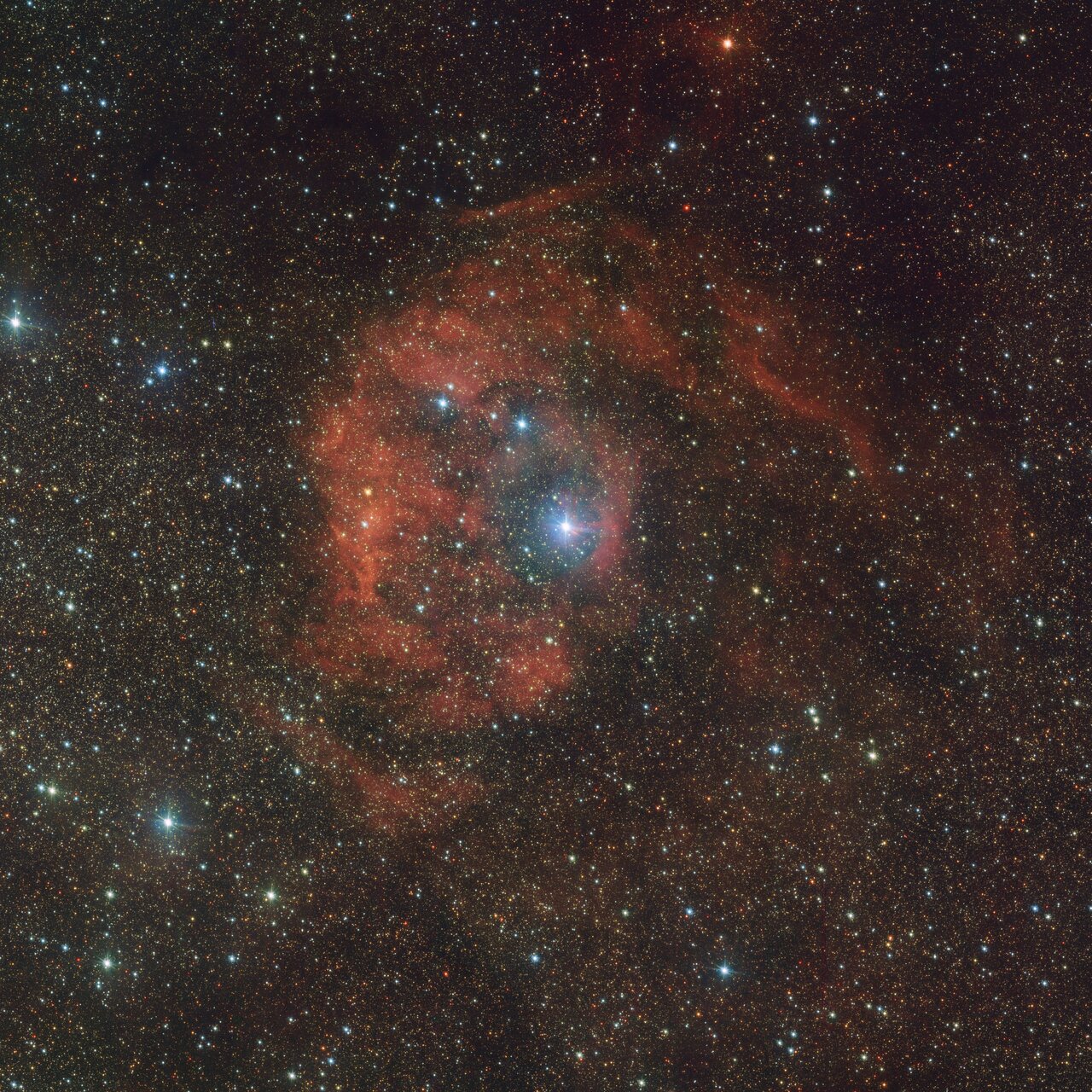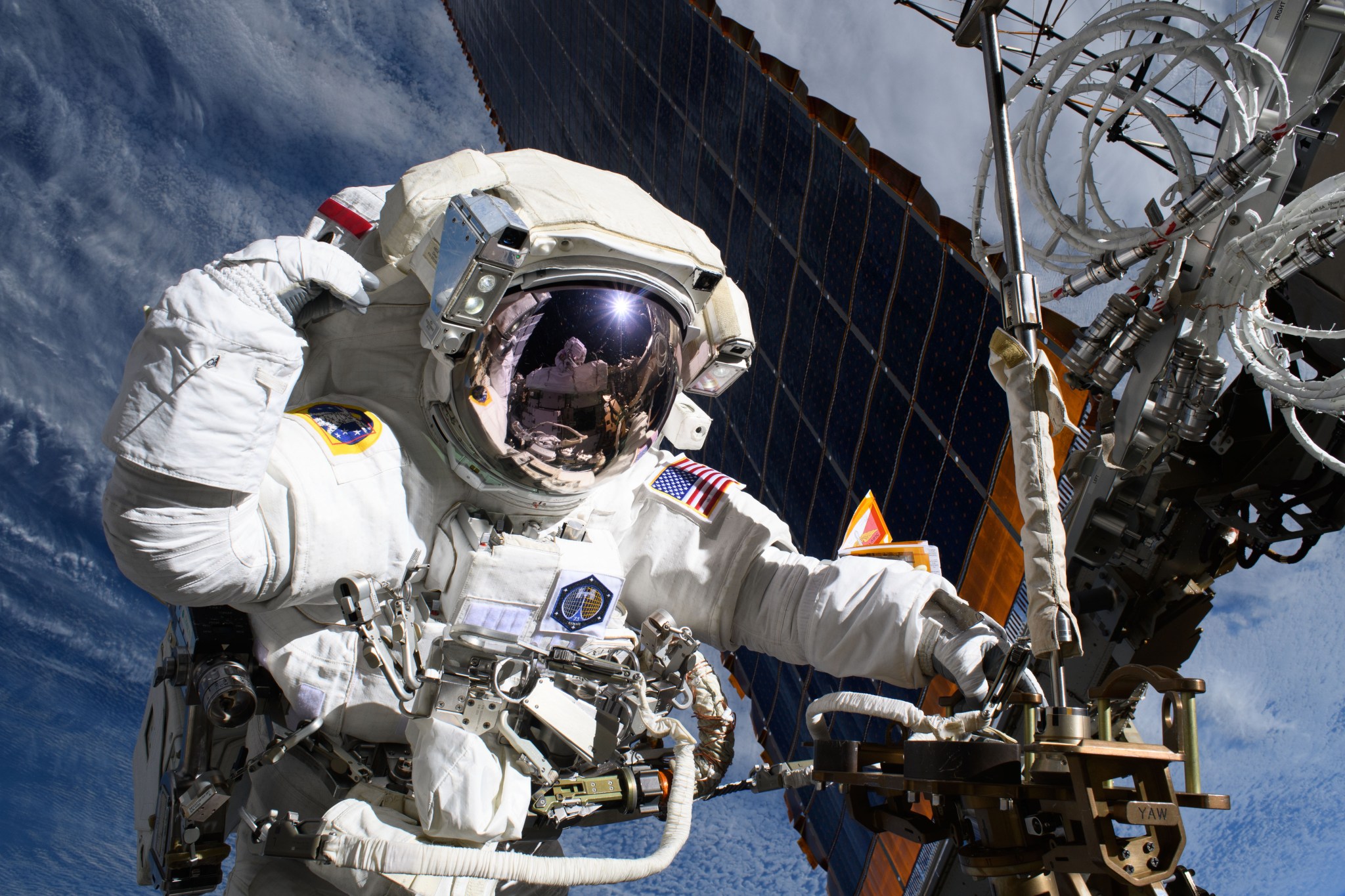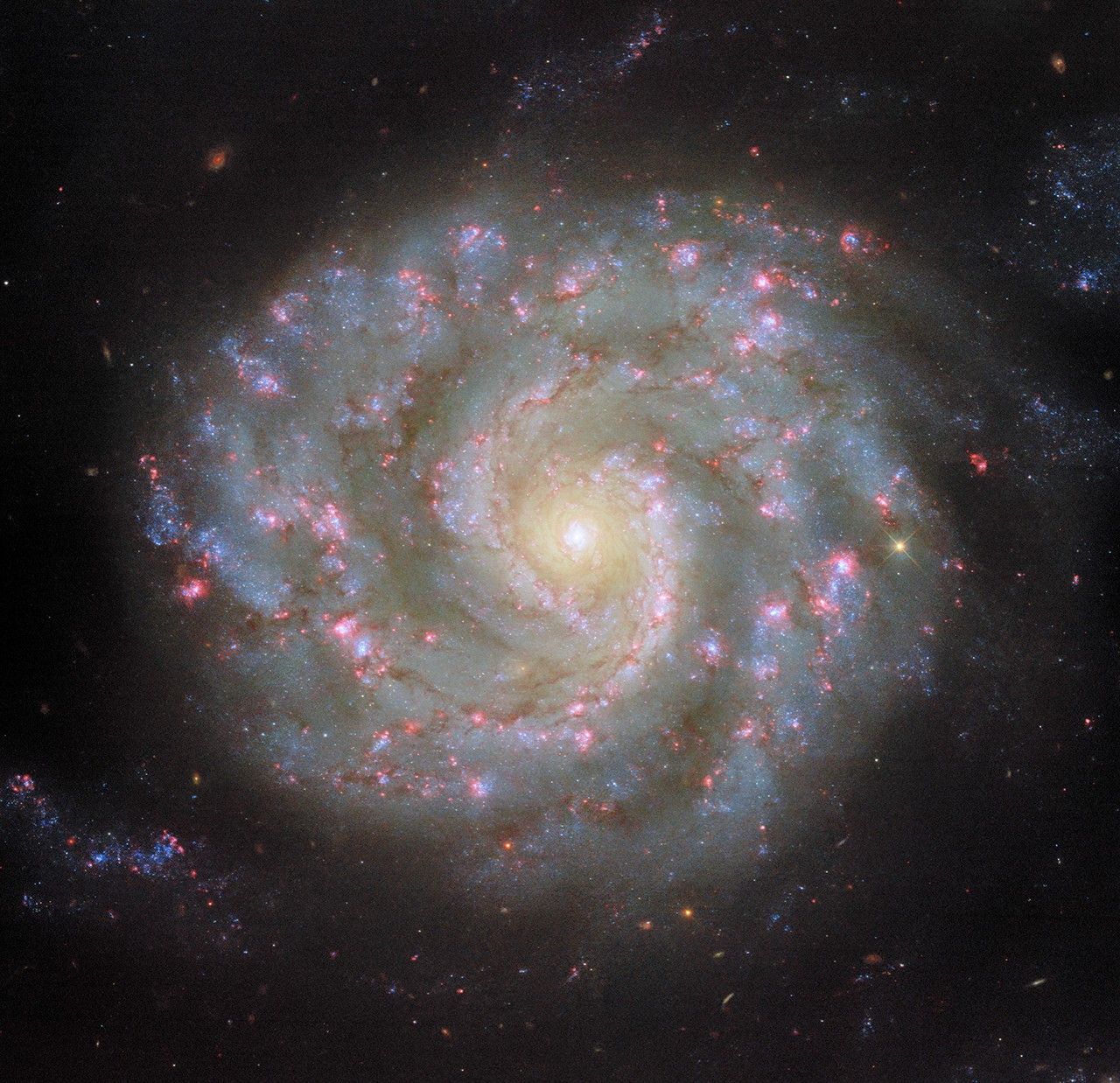Students from Eau Gallie High School in Melbourne, Florida, visited the Prototype Development Laboratory at NASA’s Kennedy Space Center in Florida on Monday, April 28, 2025. The science, technology, engineering, and mathematics (STEM) participants are interested in technical trades and had the chance to hear from technicians at the Prototype Development Laboratory who design, fabricate, and evaluate protypes, test articles, and test support equipment. NASA Kennedy’s Office of STEM Engagement provides opportunities to attract, engage, and enable students seeking careers in science, technology, engineering, and mathematics. “My technical training in…
Read MoreCategory: Nasa
Nasa
Meet Four NASA Inventors Improving Life on Earth and Beyond
3 min read Preparations for Next Moonwalk Simulations Underway (and Underwater) When most people think of NASA, they picture rockets, astronauts, and the Moon. But behind the scenes, a group of inventors is quietly rewriting the rules of what’s possible — on Earth, in orbit, and beyond. Their groundbreaking inventions eventually become technology available for industry, helping to shape new products and services that improve life around the globe. For their contributions to NASA technology, we welcome four new inductees into the 2024-2025 NASA Inventors Hall of Fame A robot for…
Read MoreNASA Study Reveals Venus Crust Surprise
3 min read NASA Study Reveals Venus Crust Surprise This global view of the surface of Venus is centered at 180 degrees east longitude. Magellan synthetic aperture radar mosaics from the first cycle of Magellan mapping are mapped onto a computer-simulated globe to create this image. Data gaps are filled with Pioneer Venus Orbiter data, or a constant mid-range value. Simulated color is used to enhance small-scale structure. The simulated hues are based on color images recorded by the Soviet Venera 13 and 14 spacecraft. NASA/JPL-Caltech New details about the…
Read MoreUsing Our Facilities
NASA’s Glenn Research Center in Cleveland provides ground test facilities to industry, government, and academia specializing in the following: Acoustics Engine Components Testing Full-Scale Engine Testing Flight Research Icing Research Materials and Structures Microgravity Space Power and Propulsion Wind Tunnels Electromagnetic Interference Laboratory Our unique facilities offer superior customer service, flexible scheduling, and state-of-the-art testing capabilities. Facility Request Process Customer contacts the facility manager and/or submits a test request form. See below for the Facility Request Form. The facility manager will contact the customer to discuss the request and obtain…
Read MoreHubble Comes Face-to-Face with Spiral’s Arms
Explore Hubble Hubble Home Overview About Hubble The History of Hubble Hubble Timeline Why Have a Telescope in Space? Hubble by the Numbers At the Museum FAQs Impact & Benefits Hubble’s Impact & Benefits Science Impacts Cultural Impact Technology Benefits Impact on Human Spaceflight Astro Community Impacts Science Hubble Science Science Themes Science Highlights Science Behind Discoveries Hubble’s Partners in Science Universe Uncovered Explore the Night Sky Observatory Hubble Observatory Hubble Design Mission Operations Missions to Hubble Hubble vs Webb Team Hubble Team Career Aspirations Hubble Astronauts News Hubble News…
Read MoreWatch the moon and bright star Spica meet in a celestial dance on May 9
The bright star Spica will appear to dance around Earth’s moon on the night of May 9. Here’s how to catch the celestial pair at play ahead of next week’s full ‘Flower Moon’. Stargazers should look for the moon and Spica hanging above the eastern horizon on May 9 after sunset. The waxing gibbous moon will shine brightly, with just a thin crescent of shadow along its edge. Look to its lower left after 10 p.m. local time — once astronomical twilight fades, the bright star Spica will become easier…
Read MoreZWO Seestar S30 all-in-one smart telescope review
ZWO’s entry into the smart telescope market is the Seestar S30, a compact and highly portable instrument. This model is available in both 30-mm- and 50-mm-aperture versions, but this review focuses on the former, which comes at a recommended retail price of just $349. But is the Seestar S30 the bargain of the century, or do you get what you pay for? ZWO Seestar S30 All-in-One Smart Telescope: Design The Seestar S30 has a compact, minimal design. (Image credit: Future) ★★★★ Compact design Very quiet mechanism Small 30-mm aperture, with…
Read MoreCosmic imposter bathes distant nebula in fiery red glow: ‘This star should not be here’
A dazzling new image from the European Southern Observatory’s VLT Survey Telescope in Chile has revealed an unusual cosmic tale unfolding 6,000 light-years away in the Serpens constellation. The snapshot features the vivid red nebula Sh2-46 — also known as Gum 80 — lit up in a fiery hue due to intense radiation coming from a brilliant blue-white star nestled at its heart. The stellar behemoth is among the rarest and most luminous stars in the universe, wielding significant influence over its surroundings. Despite its dominant presence, astronomers believe this…
Read MoreNASA Astronaut Anne McClain Works on Space Station
NASA astronaut and Expedition 72 flight engineer Anne McClain is pictured near one of the International Space Station’s main solar arrays during a spacewalk. NASA/Nichole Ayers In this May 1, 2025, photo taken by fellow NASA astronaut Nichole Ayers, Anne McClain works near one of the International Space Station’s main solar arrays during a spacewalk. During the May 1 spacewalk – McClain’s third and Ayers’ first – the astronaut pair relocated a space station communications antenna and completed the initial mounting bracket installation steps for an International Space Station Rollout…
Read MoreNASA Earns Two Emmy Nominations for 2024 Total Solar Eclipse Coverage
3 min read Preparations for Next Moonwalk Simulations Underway (and Underwater) NASA’s coverage of the April 8, 2024, total solar eclipse has earned two nominations for the 46th Annual News & Documentary Emmy Awards. The Academy of Television Arts & Sciences announced the nominations on May 1, recognizing NASA’s outstanding work in sharing this rare celestial event with audiences around the world. The winners are set to be unveiled at a ceremony in late June. “Total solar eclipses demonstrate the special connection between our Earth, Moon, and Sun by impacting…
Read More